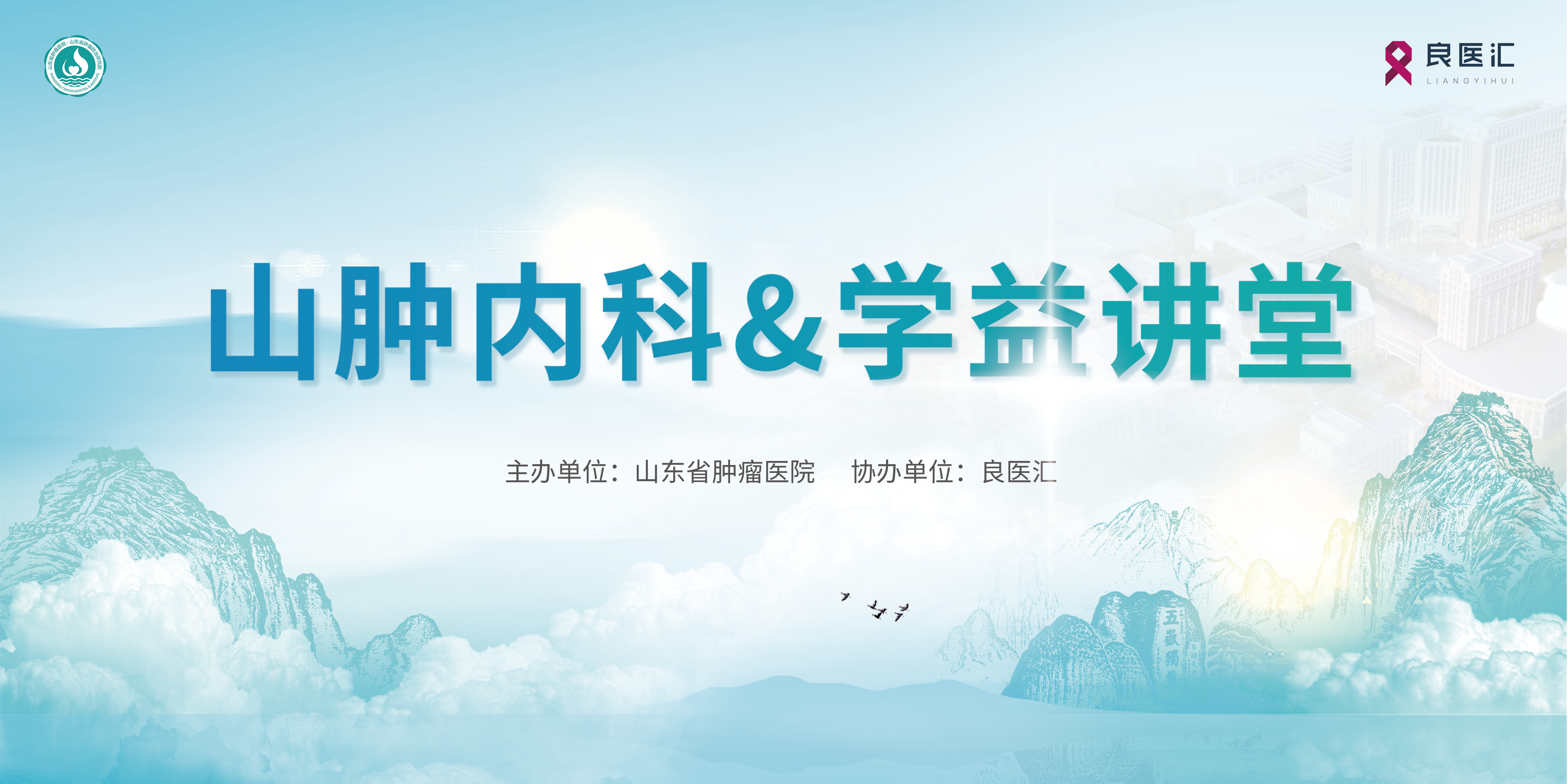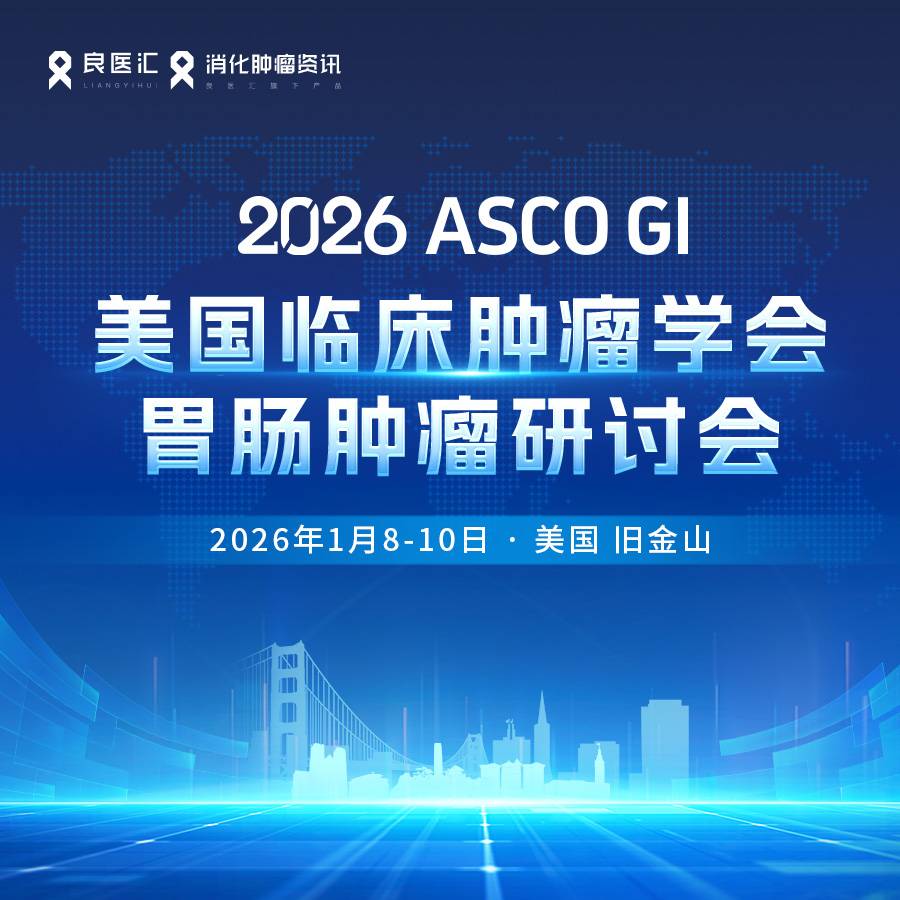编译:Temperance
来源:肿瘤资讯
1427PD
A phase 1/2 trial of a monoclonal antibody targeting fucosyl GM1 in relapsed/refractory small cell lung cancer (SCLC): Safety and preliminary efficacy
Q.S-C. Chu1, B. Markman2, N. Leighl3, L. Krug4, C. Rudin5, D. Lathers6, P. Basciano4, P.M. Fracasso7, G. Kollia8, P. Phillips9, G. Kolaitis10, D. Williams6, J. Jackson6, N. Ready11
Background: Fucosyl-GM1 (Fuc-GM1), a ganglioside with abundant yet restricted expression on the cell surface of SCLCs, is a potential target for therapeutic approaches. Here we present preliminary results from a Phase 1/2 study of BMS-986012, a first-in-class fully human IgG1 monoclonal antibody with enhanced ADCC that specifically binds to Fuc-GM1, for the treatment of SCLC.
Methods: Patients (pts) with relapsed/refractory SCLC after at least one line of prior therapy were enrolled. BMS-986012 was administered IV at flat doses of 70, 160, 400, and 1000 mg every 3 weeks (wk) during dose escalation. Pharmacokinetics (PK) and anti-drug antibodies (ADA) were assessed during cycle 1.
Results: Twenty-nine pts were treated across all doses. Median age was 63 yr (range: 26–81); 55% were female; 95% had a smoking history. Pts had received up to five lines of prior therapy; 52% had one prior line; 48% had 2 or more two prior lines. Nine pts were platinum refractory (≤3 mo from end of first line therapy to progression). No dose limiting toxicities or treatment-related grade 4 or 5 adverse events occurred. Treatment-related adverse events occurring in >10% of pts were pruritus, decreased appetite, and rash. Preliminary PK analysis suggests a linear dose-exposure relationship (Table). No ADAs were detected.
One confirmed complete response (CR; duration 53 wk; 70 mg dose level) and one confirmed partial response (PR; duration 17 wk; 400 mg dose level) were observed. Stable disease (SD) was reported in 4 pts. The CR and 2 SD occurred among the 9 platinum refractory pts.
Conclusions: BMS-986012 demonstrates a manageable safety profile and resulted in objective responses in relapsed SCLC, including platinum refractory pts. Preliminary PK analysis showed dose-proportional and linear increase in exposure with moderate to high variability. Dose expansion is currently enrolling at 400 and 1000 mg.
Clinical trial identification: NCT02247349
Legal entity responsible for the study: Sponsored by Bristol-Myers Squibb
Funding: Sponsored by Bristol-Myers Squibb
Disclosure: Q.S-C. Chu: Personal fees from BMS and Lilly (advisory boards), Novartis (advisory board and consultancy), and Astra Zeneca, Merck (advisory and consultancy). Grants and personal fees from BI (Research Grant and advisory board).
L. Krug: Grants from Bristol-Myers Squibb, during the conduct of the study; other from Bristol-Myers Squibb, outside the submitted work. C. Rudin: Personal fees from Bristol Myers Squibb, Celgene, Novartis, Medivation, and Merck, outside the submitted work. D. Lathers: Employee & Shareholder at BMS. P. Basciano: Personal fees from Bristol-Meyers Squibb, outside the submitted work as a Study Sponsor. P.M.
Fracasso: Employee of BMS. P. Phillips: Employee of Bristol-Myers Squibb. N. Ready: Personal fees from Bristol Myers Squibb, Celgene, Novartis, Medivation, and Merck, outside the submitted work. All other authors have declared no conflicts of interest.
岩藻糖基-GM1单克隆抗体治疗复发/难治小细胞肺癌1/2期临床试验:安全性及初步评估有效性
背景
岩藻糖基-GM1是一种在小细胞肺癌细胞表面特异且大量表达的神经节苷脂,可以作为治疗的潜在靶点。本研究为药物BMS-986012的1/2期临床试验的初步结果。BMS-986012是一种全新的药物,为携带加强型细胞毒作用(ADCC)的单克隆全人源IgG1抗体,可以特异性结合岩藻糖GM1,用于治疗小细胞肺癌。
方法
入组条件为至少接受过一线治疗的复发或难治性的小细胞肺癌患者。在剂量爬坡期BMS-986012静脉用药的剂量分别为70、160、400、1000mg,每三周重复。在治疗的第一周期评估药代动力学及抗药物抗体情况。
结果
共29例患者,中位年龄为63岁(26-81岁),55%为女性,95%有吸烟史,患者入组前最多接受过五线治疗,52%接受过一线的治疗,48%接受过至少二线治疗。9例患者为铂类耐药(在一线治疗后三个月内出现进展)。没有剂量限制性毒性,也没有出现治疗相关的4级或5级不良反应。大于10%患者均出现的治疗相关的不良反应为皮肤瘙痒、食欲减低及皮疹。初步药代动力学分析显示线性剂量-反应关系。检测未查及抗药物抗体。
有一例患者获得了完全缓解(CR,持续53周,剂量为70mg组),一例为部分缓解(PR,持续17周,400mg剂量组)。4个患者病情稳定(SD)。在9例铂类耐药的患者中有一例CR,两例SD。
结论
BMS-986012显示出了良好的安全性并在复发性(包括铂类耐药)的小细胞肺癌的患者治疗中获得了客观反应。初步药代动力学分析显示从低浓度到高浓度剂量均成比例和线性的增加。剂量现定为400及1000mg。
1428P
Phase I/II study of induction chemotherapy using carboplatin plus irinotecan and sequential thoracic radiotherapy (TRT) for elderly patients with limited-stage small-cell lung cancer (LD-SCLC): The final results of TORG 0604
Background: The role of irinotecan for elderly patients with LD-SCLC has been unclear, and the timing of TRT combined with chemotherapy has not been fully evaluated.
Methods: Patients aged > 70 years with untreated, measurable, LD-SCLC, performance status (PS) 0-2, and adequate organ function were eligible. Treatment consisted of induction with carboplatin on day 1 and irinotecan on days 1 and 8, every 21 days for 4 cycles, and sequential TRT (54Gy in 27 fractions). Carboplatin doses were based on AUC of 4 and 5 (levels 1 and 2, respectively), with a fixed irinotecan dose (50 mg/m2). Primary objectives of the phase II study were efficacy, adverse events, and feasibility.
Results: Forty-one patients were enrolled (median age75 years [range 70-86 years); males 31; PS 0/1/2, n = 22/18/1]. The number of patients with carboplatin dose-limiting toxicities at levels-1 (n = 6) and -2 (n = 6) were 1(grade 3 hypertension) and 2 (grade 4 thrombocytopenia), respectively. The phase II trial was expanded to 29 additional patients receiving the level 1 carboplatin dose. The median number of chemotherapy cycles was 4 (range 1-4), and the median radiation dose was 54Gy (range 36-60). Toxicities were generally mild. There were 5 complete and 30 partial responses (response rate 90%).With a median follow-up of 80.4 months (n = 41), the median progression-free and overall survival times were 12.5 and 27.5 months, respectively.
Conclusions: Induction chemotherapy of carboplatin plus irinotecan and sequential
TRT was well tolerated and effective for elderly patients with LD-SCLC. Additional
confirmatory studies are warranted.
Legal entity responsible for the study: Thoracic Oncology Reserch Group (TORG)
Funding: Nippon Kayaku, Taiho, Lilly, Sanofi, Chugai, Astra Zeneca, Daiichi Sankyo,
Shionogi
Disclosure: All authors have declared no conflicts of interest.
卡铂联合伊立替康化疗序贯胸部放疗治疗老年局限期小细胞肺癌的I/II期临床研究:TORG0604的最终结果
背景
伊立替康在老年局限期小细胞肺癌患者的治疗作用尚不清楚,而且化疗与胸部放疗联合治疗的时间选择也没有进行充分的研究。
方法
入组条件为70岁以上未接受过治疗、有可测量病灶、PS评分0-2分、有足够脏器功能的局限期小细胞肺癌患者。治疗为第一天卡铂化疗,第一天及第八天伊立替康化疗,每21天重复治疗4个周期,之后序贯进行胸部放疗(54Gy,分27次)。卡铂剂量为AUC 4和5(分别为1级和2级),伊立替康剂量固定为50mg/m2 。II期研究的主要目标位疗效、不良反应及可行性分析。
结果
共入组41例患者,中位年龄75岁(70-86岁),男性31人,PS评分0/1/2分别为22/18/1人,卡铂的剂量限制性毒性在1级出现了一例3级的高血压,2级出现了两例4度血小板减少。II期试验增加了29人接受1级卡铂剂量。中位化疗周期数为4(1-4),中位放疗剂量为54Gy(36-60)。毒性反应整体上很轻微。5例完全缓解,30例部分缓解,反应率为90%。中位随访时间为80.4个月(41人),中位无进展生存期为12.5个月,中位总生存为27.5个月。
结论
卡铂联合伊立替康化疗后给予序贯胸部放疗治疗老年局限期小细胞肺癌患者获得了良好的耐受性和疗效。结论仍需进一步研究确认。











 苏公网安备32059002004080号
苏公网安备32059002004080号


